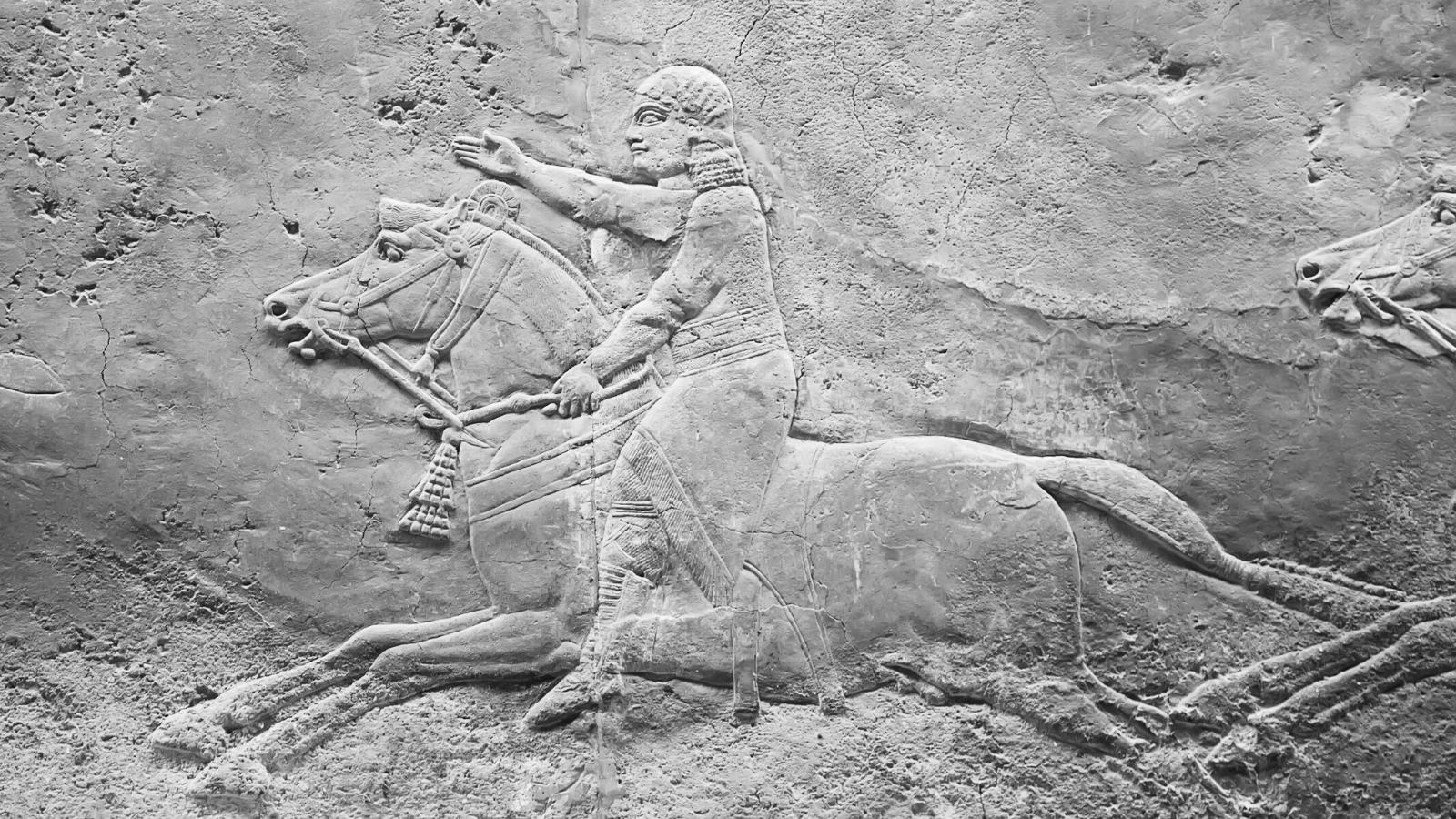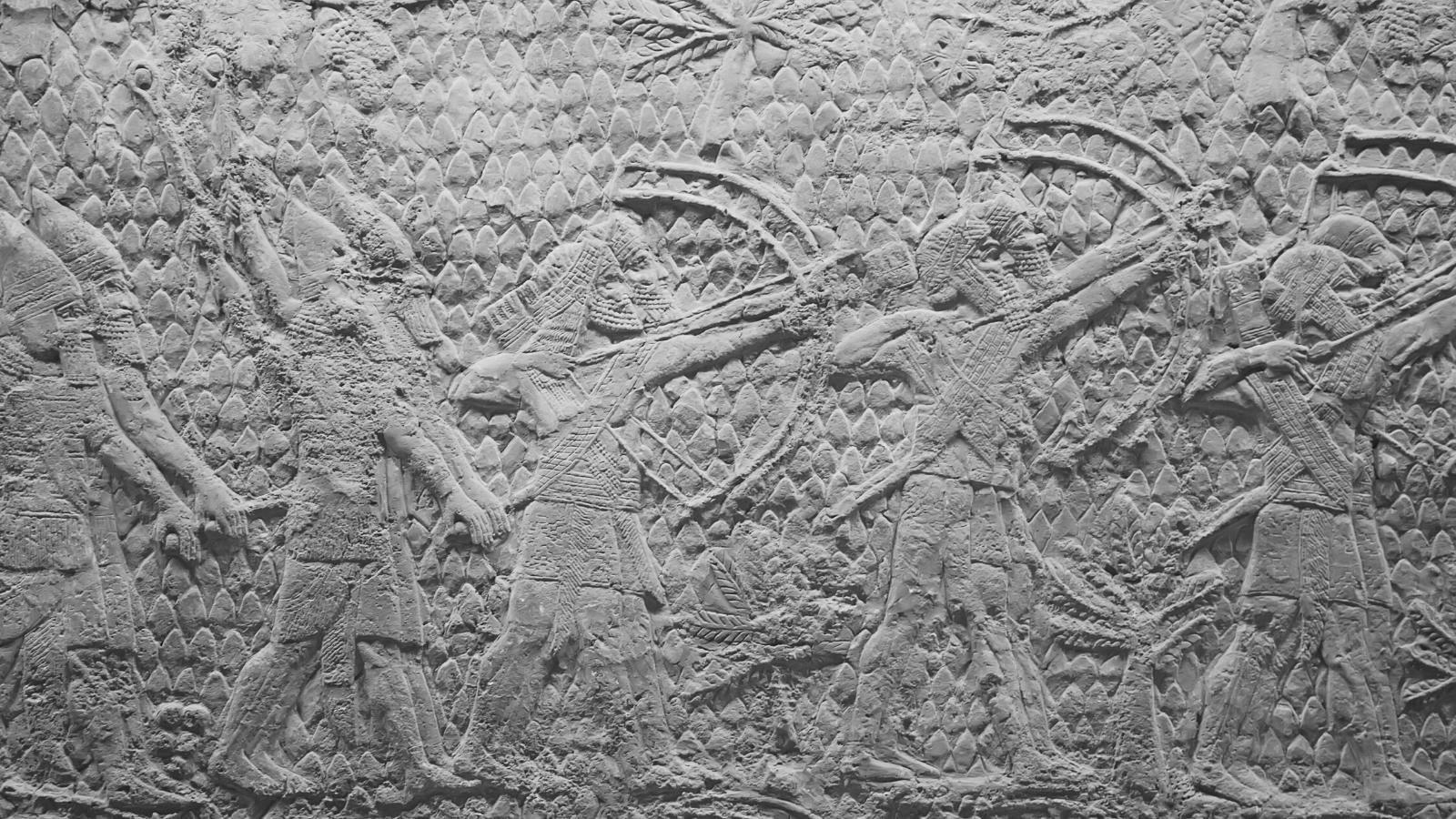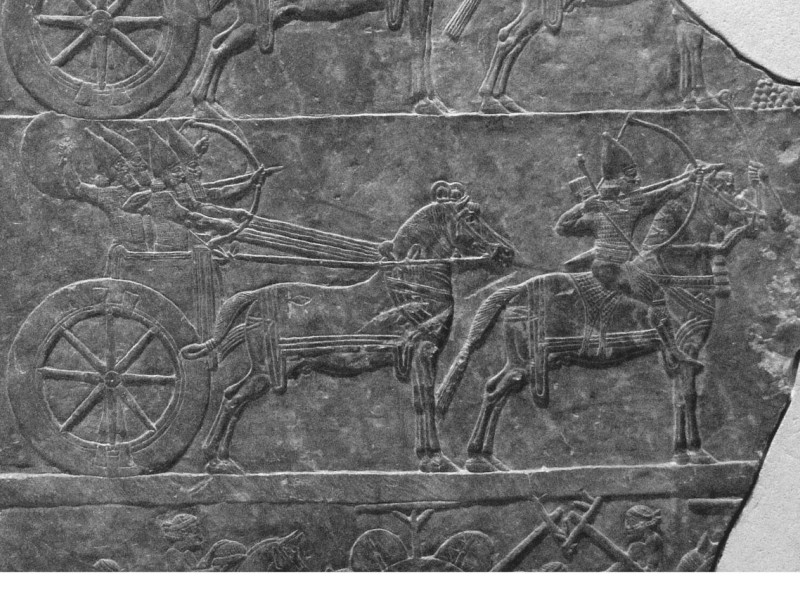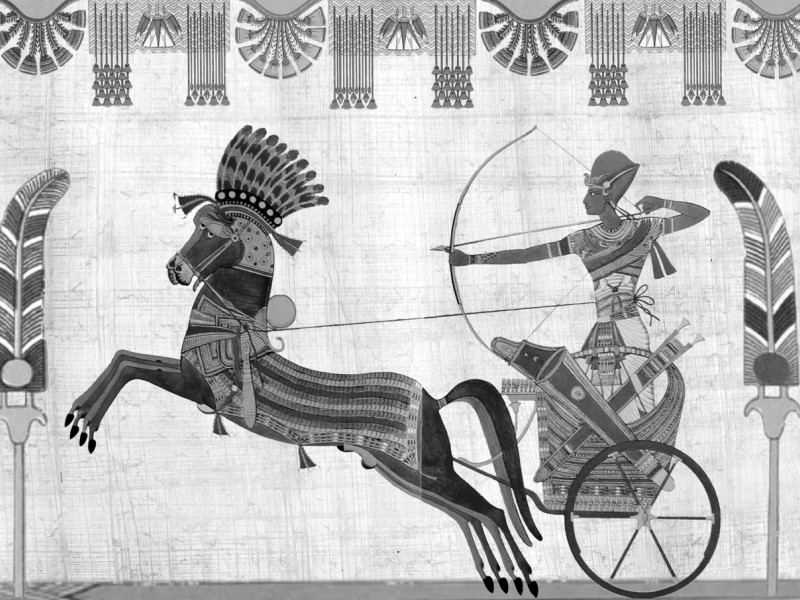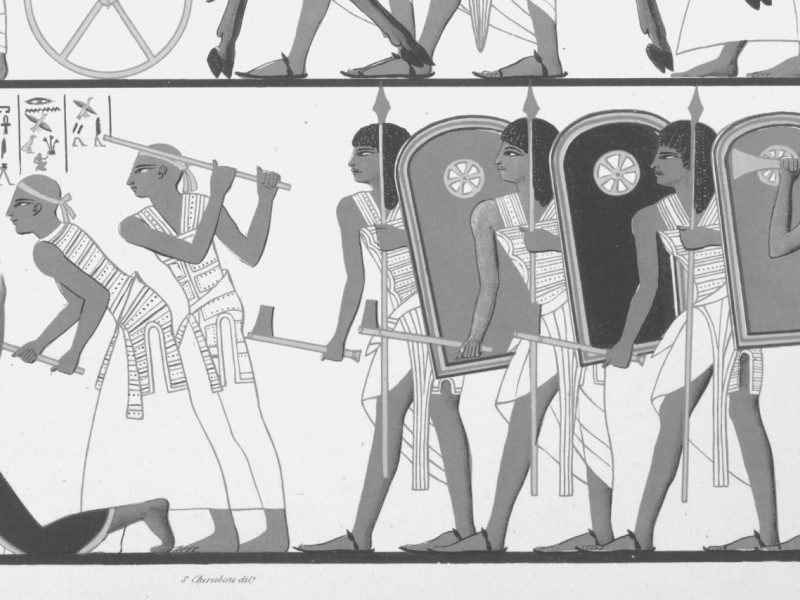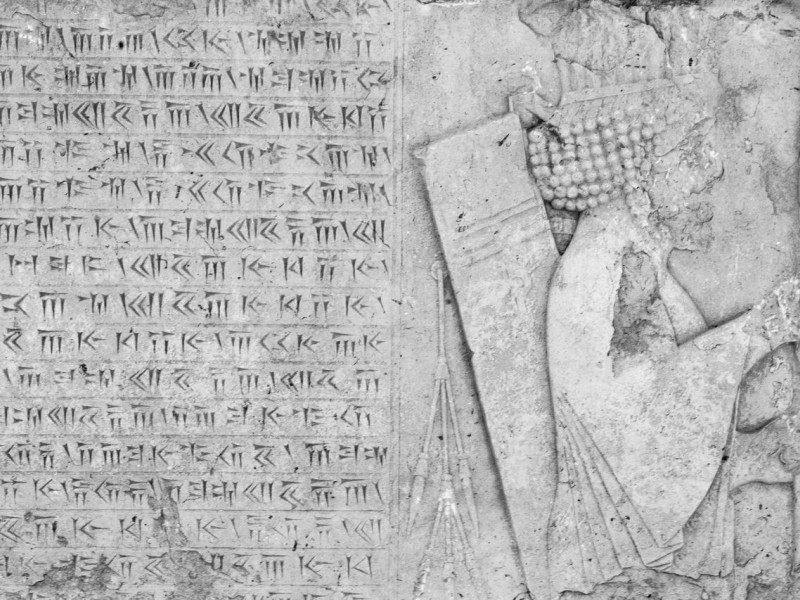Sumer and Elam War: Evolution of Military Weapons and Tactics
The Sumer and Elam war was the first recorded war in human history. It occurred in 2700 BCE between the Sumerians and the Elamites over trading routes and resources. The first war in human history to be written down saw the Sumerians succeed in subduing the Elamites and securing their weapons.
Read on to find out how this war led to the evolution of warfare strategies and weapons.
A Brief History of Sumer and Elam
To understand the war between the ancient civilizations of Sumer and Elam, the history of both kingdoms has to be briefly explored.
Sumer
Sumer was an ancient civilization that started at around 4500 BCE. The people of Sumer called their region Kengir, which meant the country of noble lords. Located in southern Mesopotamia, the people spoke Sumerian, which was how the civilization got its name.
Sumer comprised city-states that became powerful in the southern Mesopotamian region. Their first king was Enmebaragesi, who led the Sumerians into their first war in history. The war cemented Sumer’s superiority and power in the region. Unfortunately, Sumer fell at around 2330 BCE to King Sargon of Akkad.
Elam
Just like Sumer, Elam was also an ancient civilization founded at around 2700 BCE. The Kingdom of Elam was located in modern-day Iran and parts of Iraq. Scholars believe that the Elamites were the ancestors of the Medo-Persians. The first king of Elam was unknown, as the earliest history of the Elamite civilization was difficult to trace.
The Elamites were a main political force in Mesopotamia. They long rivaled the Sumerians for several reasons such as agricultural lands and superiority. These conflicts led to the advancement of military tactics, which later influenced other cultures. However, Elam fell when the Kingdom of Assyria defeated it in 645 BC.
The First War Ever to Be Recorded
As already discovered, the oldest war to be recorded happened between the Sumerians and Elamites. According to records, the war took place in modern Basra, Iraq. The Sumerians were embarking on a campaign to expand their frontiers, which was common in ancient times as the more land a tribe conquered, the more powerful it became.
King Enmebaragesi led the first recorded campaign by attacking Elam, which he successfully defeated. Details of this war are scant because the ancient Sumerians only recorded the victories but not the actual wars.
However, scholars believe that this war was a walkover for the Sumerians. As a result, the Sumerians expanded their territory.
Note that this was not the first conflict between the two kingdoms. Over the years, both Sumer and Elam had engaged in conflicts that did not have characteristics of war. Those conflicts were mainly small groups of people who used simple weapons in their skirmishes. However, the first recorded war featured advanced weapons such as swords and shields.
Weapons
Records indicate that King Enmebaragesi seized the weapons of the Elamites, indicating the beginning of the usage of iron and bronze weapons for warfare. Archaeologists also discovered iron helmets that dated back to 2500 BCE, which shows that the Sumerian soldiers were well-equipped.
Sumerian Offensive Weapons Used in the Sumer and Elam War
The Sumerians trained their soldiers and organized them into small units and formations. They used sickles, axes, knives, swords, javelin and war-carts. The Sumerians had war-carts made of a wooden basket placed on four wheels of wood. These carts were then pulled by four donkeys to make them go faster.
Inside the war-carts were two people, one controlling the donkeys and the other armed with maces or spears. The purpose of the war cart was not clear; they were either used to transport troops to the battlefield or to bring the commander to areas where he could be more effective. Whatever the case, it is these war-carts that paved the way for chariots.
Their swords were about 24 inches long and made of bronze. According to historians, the Sumerians copied the Egyptian art of sword making, but the soldiers added daggers and maces to their collection of weapons. Ancient art depictions show the Sumerians using basic bows, but it is not clear whether these were employed during the earliest recorded war.
Sumerian Defensive Weapons Used in the Sumer and Elam War
For protection, the soldiers wore helmets made of either iron or bronze. They also used shields to protect themselves from enemy strikes. The Sumerians made rectangular shields from bronze, which the soldiers hung around their bodies using a leather string. The shield’s size and shape meant they were effective against arrows as well.
All these were responsible for the victory over Elam. Though it is difficult to trace the history of Elam to that point, it is possible that the Elamites were not as highly developed when it came to their military as their neighbors. The Sumerians’ advanced weapons and tactics proved overwhelming for the Elamites.
Sumerian Military Strategies
As we have already discovered, Sumerian warfare laid the foundations for future war weapons and tactics. The Sumerians were among the first to use a professional army made up of thousands of soldiers.
Surviving records indicate that some city-states had armies of 5,000 men. This was because of the need to defend themselves from invasion should the need arise.
Sumerian Military Units
These professional soldiers were made up of smaller units called Nu-Banda, with each Nu-Banda consisting of about 100 men. There was also the Shub-Lugal unit who served in the army of the kings. Their main duty was to protect the king at all times and to organize the attacks, making sure that the other units functioned as expected.
Then there was the Niksum unit, whose duty was to defend the household land. The Niksum was also responsible for recruiting soldiers from different clans. The frequent supplying of the main army with soldiers gave the Niksum authority to own and maintain lands.
The Sumerians also used light infantry as depicted by art from as far back as 2500 BCE. The light infantry, called Nim, was mostly used as skirmishers. Their job was to conduct frequent, irregular attacks on the enemy to break up their lines. Part of the Nim’s strategy was to disrupt enemy supply lines or destroy their plans by launching surprise attacks.
The Sumerian Depictions of War
This article will be incomplete without discussing depictions of ancient Mesopotamian wars. These pieces of artwork were to commemorate important victories, one of which is the Stele of the Vultures. A stele is a canvas made of wood or stone on which works of art are portrayed.
The Stele of Vultures
The Stele of Vultures celebrates the victory of the city-state Lagash over Umma, another city-state. Discovered by Ernest De Sarzec in the 1880s, the stele dated back to between 2600 and 2350 BCE. The stele had carvings on both sides which were different from each other, with each carving symbolizing different aspects of the Sumerian military.
The Features of the Stele of Vultures
On one side of the stele is a huge man holding a mace and an eagle with a lion head. Below the man is a net filled with fallen Mesopotamian soldiers. The stele featured the god Ningirsu, god of war, and the goddess Ninhursag, the goddess of fertility. The other side of the stele featured the various units of the Sumerian military.
The Four Segments of the Stele of Vultures
It was divided into four segments with the first segment showing the Ensi, ruler of the city-state Lagash. The Ensi was depicted walking over enemy soldiers, and vultures could be seen flying above the Ensi carrying the heads of defeated soldiers in their beaks. Thus, it was given the name The Stele of Vultures.
The next segment showed Sumerian soldiers holding spears while following the Ensi who was depicted in a chariot.
The third segment featured a naked priest of Sumer performing a religious rite while standing on animal bodies. There was also a group of workers with baskets on their heads and a cow tied to a pole, all in front of a figure who was seated.
Part of the fourth segment showed a hand with a spear that touched the forehead of an enemy.
The other parts of the fourth segment could not be found. There were writings on the stele that seemed to describe the depicted scenes. The stele told of a battle between Lagash and Umma over agricultural land. However, some of these writings have been erased by nature, leaving us to imagine what they could have contained.
In Summary
So far, we’ve gone over the first war to ever be recorded and how warfare has developed since then.
Here is a summary of what we’ve discussed:
The Sumer-Elam war was the oldest war that was ever recorded.
The victors were the Sumerians, who had a better and more organized army than the Elamites.
The Sumerians attacked the Elamites because they wanted to expand their territory.
Sumerian military tactics and weapons served as the basis for the development of advanced weapons and tactics.
The Sumerians were the first to have various military units.
The Sumerian soldiers were among the first to use helmets and shields.
The Stele of Vultures showed events of war and gave insight into Sumer’s military strategy.
The discovery of the records of the Sumer and Elam war gave scholars a glimpse of how warfare developed. Scholars could now study the military strategies and weapons used in Sumer, and these records also help us to understand the various units in the Sumerian military and their roles.

